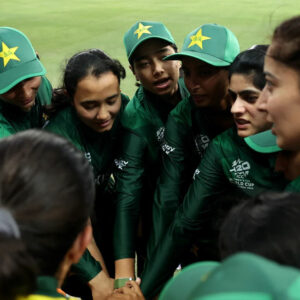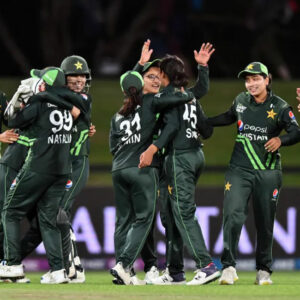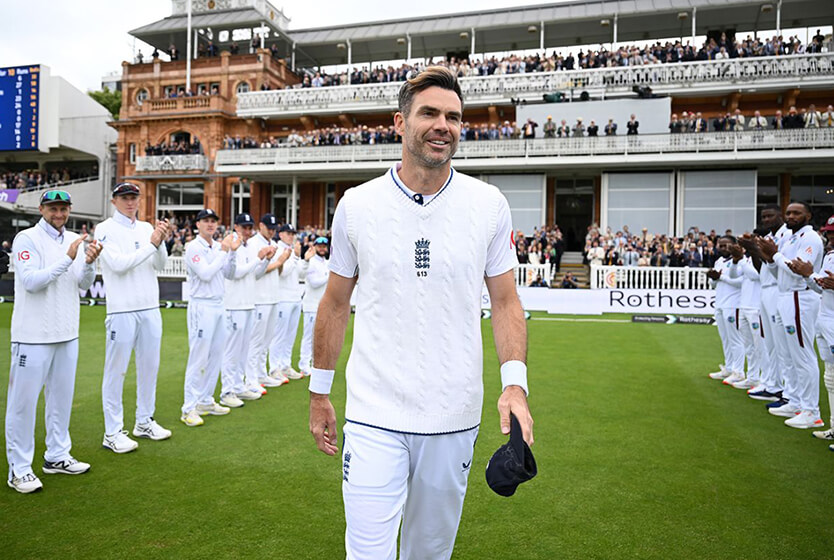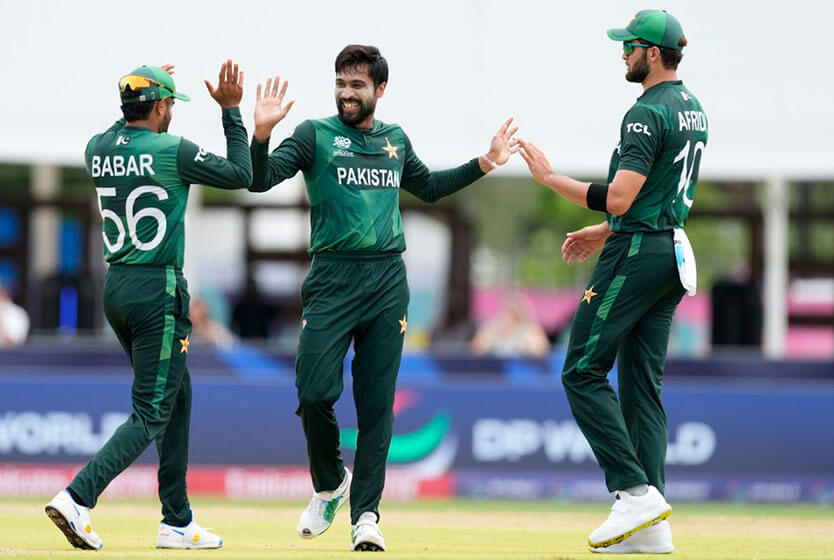
Of Hopes and Dreams and Empty TV Screens
The heroes that enable strides forward and the chains that drag women’s cricket backward.
Changing channels does not help. Scouring the internet is useless. It is not there; it is a fruitless search. Not entirely, though. You cannot see the action live, but you can always read about it. What difference does it make anyway? It is not like anybody cares how the bowler adjusts her fingers around the ball before she delivers the perfect wicket-taking delivery, it is not like anybody cares how the batter times her movements to place a perfect boundary, it is not like anybody cares about how the fielder defies all odds to take a screamer. It is not like anybody cares. Except maybe they do.
The sun is too bright and the heat unbearable, but completely unbothered by the Karachi weather sits a young girl, hardly in her teens, on the sidelines, chatting with her favorite player after the game. Her eyes grow wide in astonishment and narrow in concentration as she tries to take in everything the player is saying. The smile on her face throughout says it all – she cannot have enough of it.
Soon after, she is seen with another player, excitedly sharing more about herself this time around, clearly feeling more confident now. Hopping from player to player, her smile grows a little wider, her laugh a little louder, and her face a little brighter with every interaction. She is living a dream, a dream in the sequence of dreams that lead her to her ultimate big dream.
A budding cricketer herself, she is currently under training at a local academy and is being coached by a cricketer. She cannot help but heap praise on her coach and express her gratitude to her for taking her under her wings every few minutes. “You know my biggest dream? Standing in the stadium, playing for my country, and thanking my coach on the mic,” she shares. She is a story in writing herself.
In this cosmopolitan city that proudly boasts its diversity and abundance of opportunities, there are not enough academies that train girls wanting to take up cricket. This girl, however, is lucky enough to be enrolled in one of the rare ones that do. “Did you know my academy wanted to discontinue girls’ training to make more space for the boys?”
Of course, she has had to fight for that luck. “Thank God for the seniors who intervened, or we’d have to relocate to another ground. I’m just so thankful to my coach”. Her coach is also the reason she is here today. “My coach asked me to come today so I can watch and learn,” she excitedly says. She is eager to learn. “The guards would not let me enter in the morning, though. My coach had to specially request them to let me in,” she narrates her far from pleasant morning.
She might not get anything easily, but she is clearly determined to grab any opportunity she can get with both hands. “I will be here for the next game too, and the game after that so I can watch and learn as much as I can,” she says before she waves goodbye and hurries to her brothers. She seems unfazed by the heat, untroubled by the inconvenience she has faced in the morning at the gate. Her love for the game shines through her hopeful eyes, her dedication written all over that look of resolve on her face.
Her spirit is fascinating but her struggles frustrating. This is the generation Bismah Maroof has inspired, and Nida Dar has influenced. Yet despite everything they have done to pave the way for the future, there remain cracks that make the trails they leave hard to follow. The heroes the girls see in Bismah and Nida and the motivation they draw from Fatima Sana plant a seed of hope and help orchestrate a dream, but the gaps between dreams and reality remain when the women they admire rarely play and barely appear on TV screens.
The ongoing women’s domestic season is an example of such. Being hosted in the Karachi metropolitan, the domestic T20 and One-Day competition features the likes of Tamgha-e-Imtiaz winner and Pakistan’s leading run-scorer in both formats, Bismah Maroof; Pakistan Women’s first ICC award winner (ICC Women’s Emerging Player of the year 2021), Fatima Sana; Pakistan Women’s first centurion in T20Is, Muneeba Ali. However, it is not being telecasted or live-streamed. The final is promised television coverage, but no other game is being given any video coverage, so it is practically impossible to watch and enjoy Bismah placing her shots or Fatima Sana leading her young side or Eyman Fatima showing her promise as Pakistan’s future.
Women’s cricket has witnessed massive global growth in the past few months, and, if anything, it now demands better efforts to create a bigger market and a larger pool for the game. With most of the matches being limited to text coverage, the market potential in the country remains unexplored, and the women’s game is still miles behind. All this in the year when there have been repeated mentions of plans for Pakistan’s own women’s league.
Aspirations tend to struggle with little to no reaffirmations, the absence of proper direction, and without a clear vision. The Women in Green have enough heroes to get the girls to dream, but with empty TV screens and only a handful of opportunities to be seen, the barriers to entry remain, and the disconnect only grows. The fans wanting to stay updated have to tirelessly search the internet to dig up the scorecards, and the aspiring cricketers have to fight their way into the ground to stay close to the action or completely miss the chance to watch and learn. At a time when the hunger for the women’s game is growing, there is little being done to feed it. At an age where even local, smaller-level private tournaments manage to get video coverage, there is none for a whole domestic tournament by the board. Because who cares about the video coverage, right? Maybe everyone does, except perhaps those who should.
The opinions expressed solely belong to the writer and do not necessarily reflect the views of Grassroots Cricket.







Leave a Reply